The hopeful part of this story is that neural pathways are not permanent. They change through repeated experience — the same way they got stuck. So when we design learning and leadership programs for “stuck” teams, the goal isn’t to fix or motivate. It’s to rewire. That means building conditions where the brain — and the collective brain of the team — feels safe enough to reconnect, stretch, and create new circuits.
At MySkillsLab, we work with the same principles that govern neuroplasticity itself: safety, stimulation, repetition, and meaning. Here’s how that translates into organizational practice:
1. Reset the System (Regulate Before You Innovate)
Change doesn’t stick when the nervous system is in survival mode.
That’s why every MySkillsLab program begins with a reset: establishing psychological safety, rebuilding trust, and creating space for decompression.
We integrate small but powerful interventions:
- “Energy & Attention” labs to restore focus
- “Rest as Strategy” immersions to rebalance cognitive load
- Emotional hygiene sessions to clear residual stress loops
- Before you teach strategy, you teach presence.
Teams get stuck because old loops dominate — the same people talk, the same ideas win, the same assumptions guide every project.
We help leaders spot these loops and re-train their attention:
- Which meetings could disappear without consequence?
- Where do people say “we’ve always done it this way”?
- Which hidden fears or routines keep the system safe but stagnant?
- Awareness alone begins the unwiring.
3. Stimulate New Connectivity
Neuroscience shows that creativity and insight arise when brain regions communicate in new ways.
We design similar conditions for teams:
- Cross-functional pairings and shadow sessions
- Walking meetings and outdoor reflection rounds
- Reverse-mentoring to bridge generations
- Rapid experiments with low risk and fast learning
Each activity is designed to force new neural connections — between people, functions, and ideas.
4. Anchor in Meaning and Purpose
Nothing rewires the brain faster than purpose.
It activates the reward circuits that drive engagement and resilience. That’s why we weave purpose-mapping into every program:
-
Reconnecting individuals to why their work matters
-
Linking team outcomes to real-world impact
-
Crafting a shared “story of contribution” instead of yet another KPI slide
Meaning is the fuel of neuroplasticity.
5. Repeat Until It Becomes Culture
New circuits need repetition. So we build layered programs — not one-off workshops.
Each MySkillsLab pathway combines:
-
Short masterclasses for insight
-
Immersion labs for deep rewiring
-
Coaching and peer reflection for integration
-
Ongoing rhythm sessions to sustain change
We measure not only performance — but connectivity, energy, and resilience. Because when those rise, performance follows naturally.
